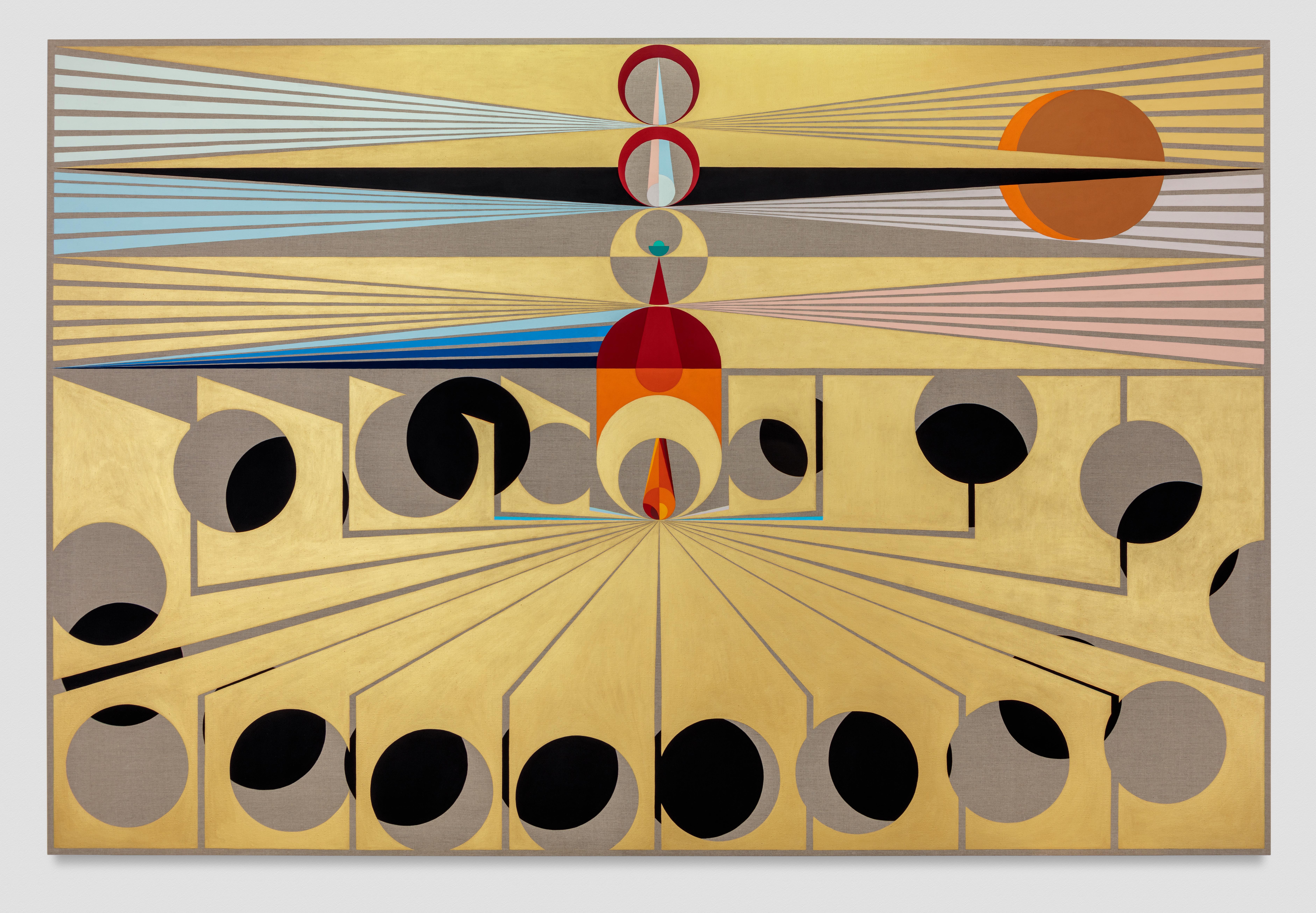Eamon Ore-Giron
Infinite Regress CLXXXIII 2021

Reproduction of this image, including downloading, is prohibited. © Eamon Ore-Giron. Photo: Impart Photography.
Welcome to the Anderson Collection
Stanford University's free museum of modern and contemporary American art
